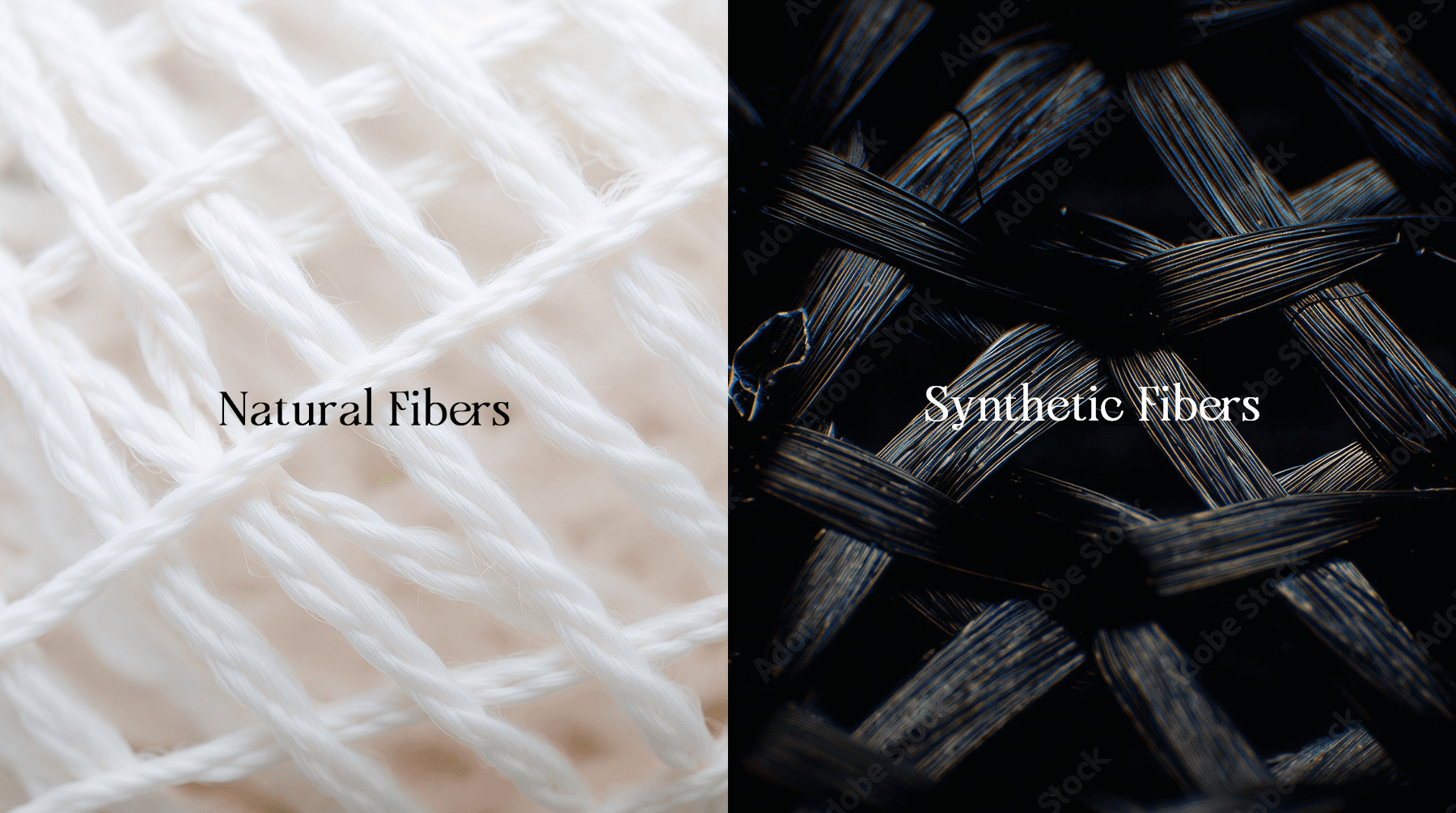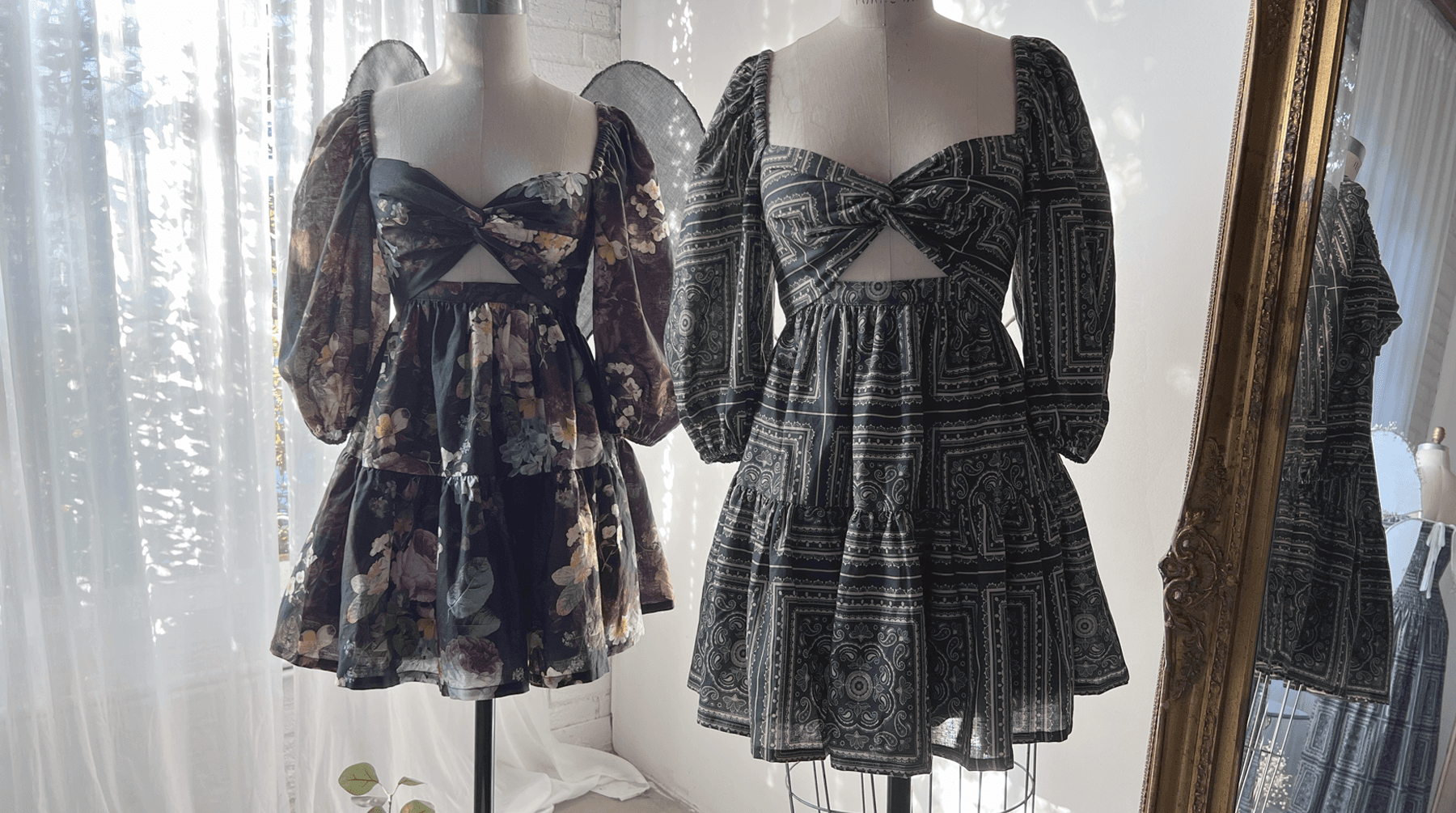The Culture of Keeping
Finding Beauty in Fashion's Scars
Jan 14, 2025
2
min read
In Japanese culture, a tear in fabric isn't a flaw—it's an opportunity. Through sashiko, the art of decorative reinforcement stitching, and kintsugi, the practice of repairing broken pottery with gold, we learn that repair isn't just maintenance—it's metamorphosis.
The Hidden Cost of Fast Fashion
While the sustainability conversation often focuses on materials, the most sustainable garment is the one already in your closet. Extending a garment's life by just nine months reduces its carbon footprint by 30%. Yet the average American throws away 81 pounds of clothing annually.
Learning from Sashiko
Sashiko emerged from necessity in Japan's Edo period, when cloth was precious and nothing could be wasted. The technique transforms simple running stitches into both reinforcement and art. Today, these principles offer wisdom for modern wardrobes:
Preventive care extends garment life
Visible mending celebrates history
Repair becomes artistic expression
Regular maintenance prevents major damage
The Kintsugi Philosophy in Fashion
Like kintsugi's golden seams, thoughtful repair can make clothing more beautiful than its original state. This approach suggests:
Damage is part of an object's story
Repair is an opportunity for evolution
Imperfection has inherent beauty
History adds value
Choosing for Longevity

Quality becomes sustainability when we:
Select natural fibers that age gracefully
Choose classic designs that transcend trends
Invest in construction that allows repair
Consider care requirements before purchasing
Our Commitment at Opomnia
We approach sustainability through preservation:
Small-batch production minimizes waste
Season-less collections reduce disposal
Quality materials support long-term wear
Timeless designs encourage extended use

Building a Preservation Wardrobe
Starting points:
Learn basic mending techniques
Document garment care histories
Create repair kits for different materials
Find local textile repair specialists
Join mending communities (e.g. Reddit, Meetup)
Looking Forward
True fashion sustainability might not lie in what's new and "eco-friendly," but in preserving and celebrating what we already own. Like sashiko's geometric patterns or kintsugi's golden veins, every repair adds character to our clothing's ongoing story.
What Topics To Look Up:
Environmental impact studies of garment longevity
Traditional textile preservation techniques
Modern mending movement case studies
Fast fashion disposal statistics
